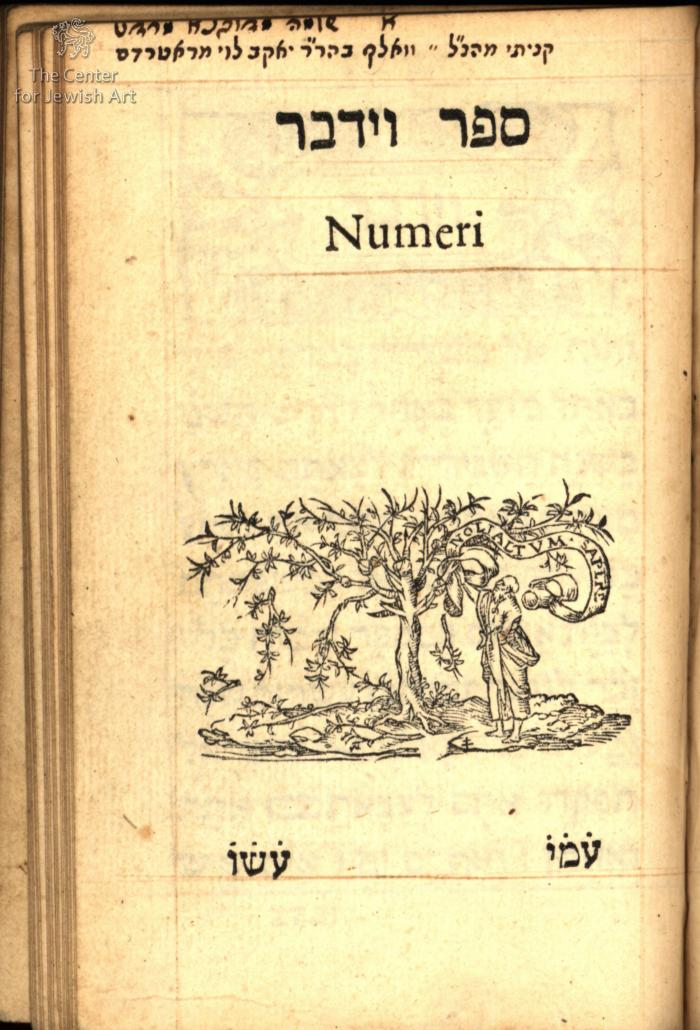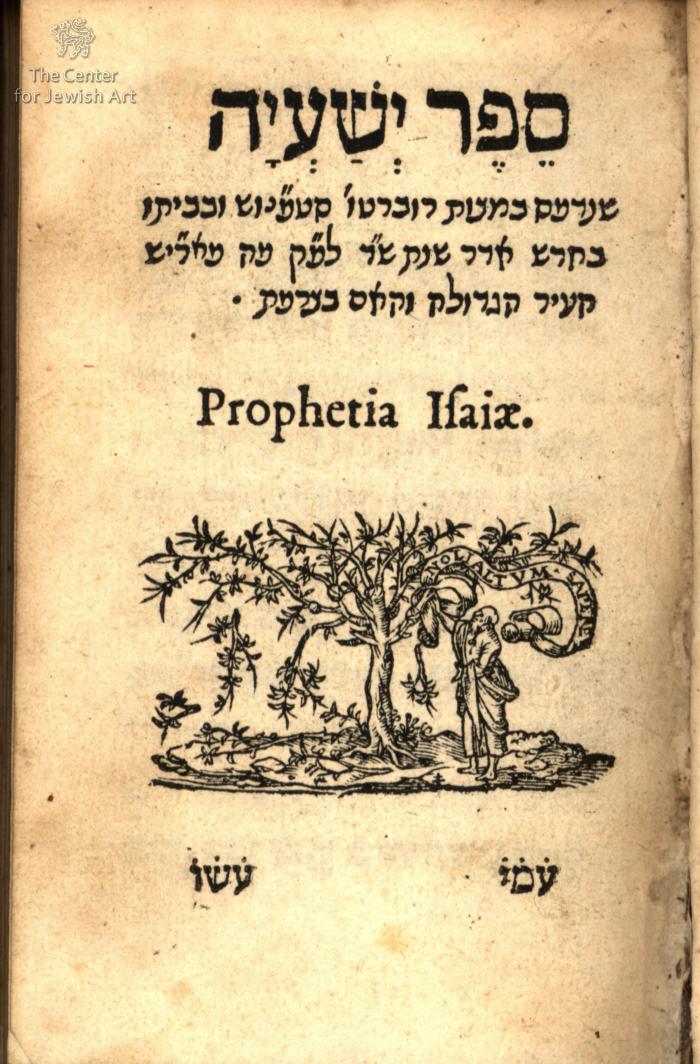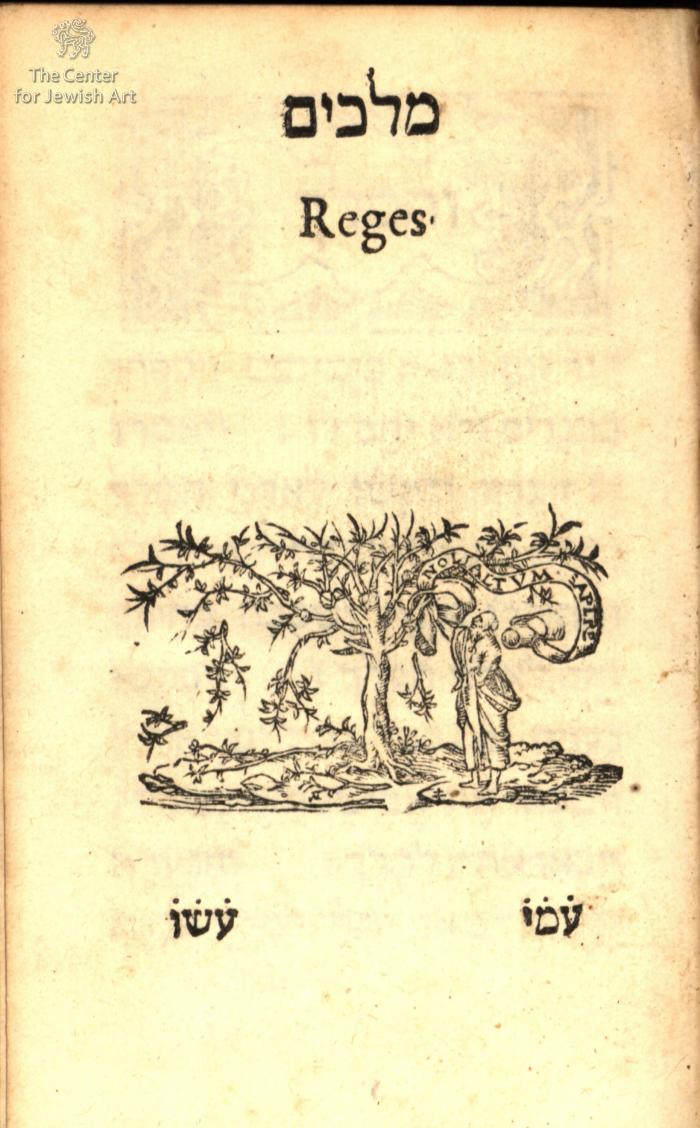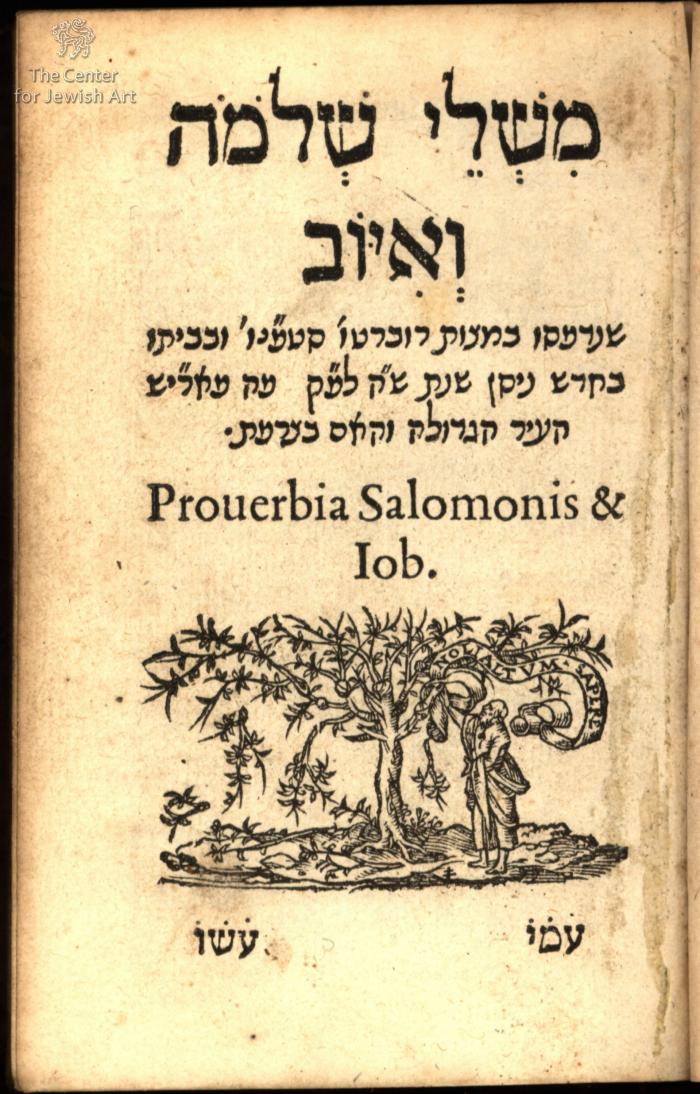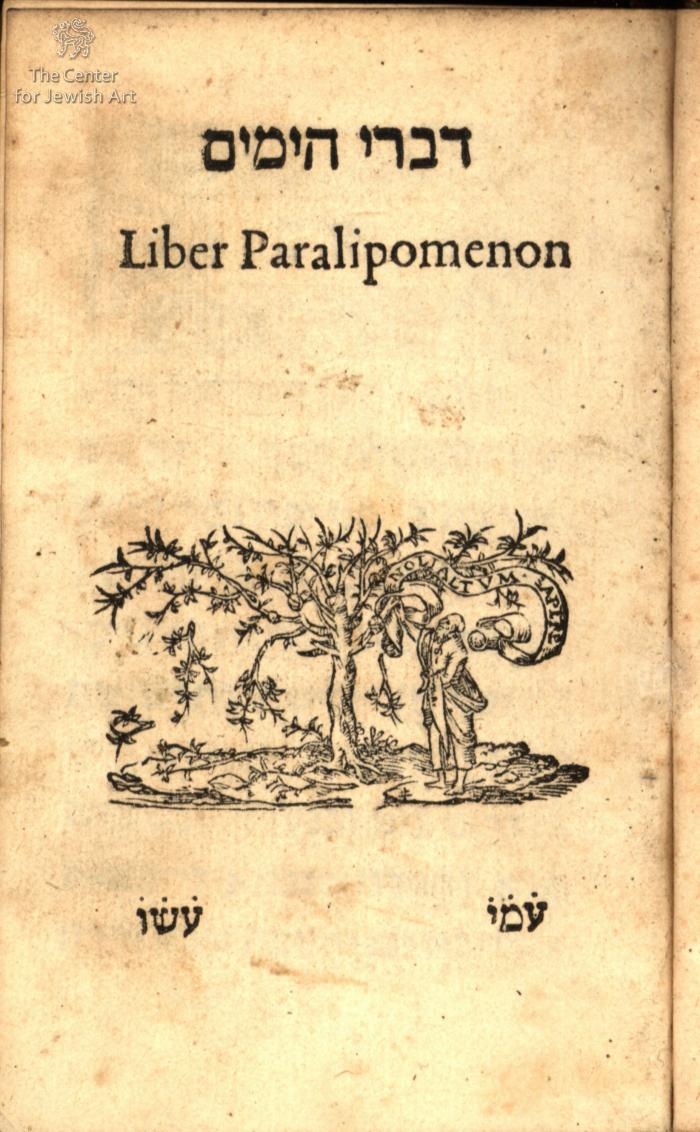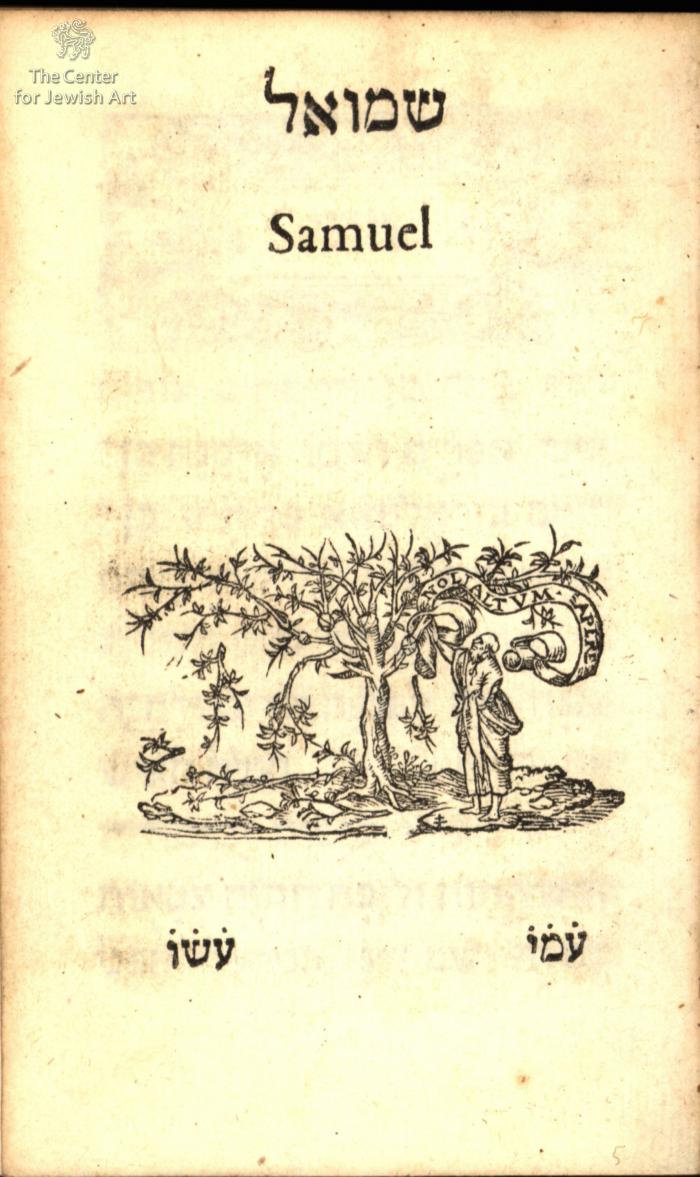Obj. ID: 37053 Tanach, Paris, 1539

sub-set tree:
This text was prepared by William Gross:
Editions of the Bible in Hebrew, published by non-Jewish printers, are a phenomenon known from the first century of printing. Such printers existed in several European countries, including France, where this edition was published by Robert Stephanus (Robert Estienne).
Stephanus was a son of the learned Calvinist Parisian printer Henry Estienne, who opened his printing-office around 1502. The son continued the family tradition of publishing classical texts which were examples of learning, innovating typography and commercial insight. Stephanus became the most eminent scholar-printer of his century for Christian and secular books, and was in 1539 appointed in royal printer of Hebrew and Latin texts by King Francois I.
Stephanus printed two Hebrew editions of the Bible: a large format edition (B.723), and a smaller octavo edition, seen here. This miniature version was rendered in a 16-volume set, the individual books of which could easily be carried in one's pocket.
Stephanus’ Bibles were textually based on the Venetian Bomberg Hebrew Bible (second edition, 1524-25), though with frequent deviations. Kimchi's commentary, which accompanies the Twelve Prophets, was edited by François Vatable, royal proFezsor of Hebrew literature at the University of Paris. The great appeal of this charming edition, however, which has been a favorite of collectors over the centuries, lies in its aesthetic rather than textual features.
The present volume is in pristine condition. The quality rag paper has maintained its whiteness and body throughout the centuries, and the ink remains solidly black. Clearly the book was never used, and may well have been a display piece. Indeed, opposite the title page one find the bookplate of an English aristocrat in whose library this volume once resided.
Each of the Bible’s parts has a separate title page in Hebrew and Latin bearing Stephanus’ printer’s mark: an olive tree representing the Tree of Knowledge.







